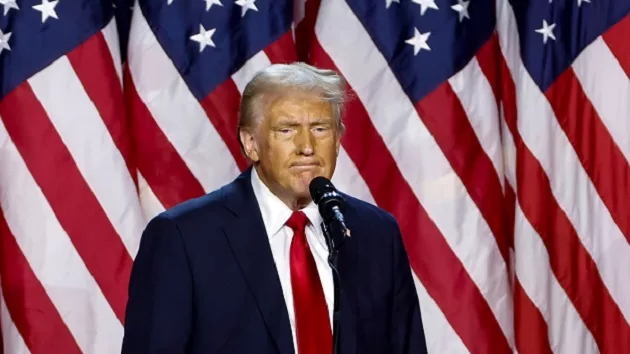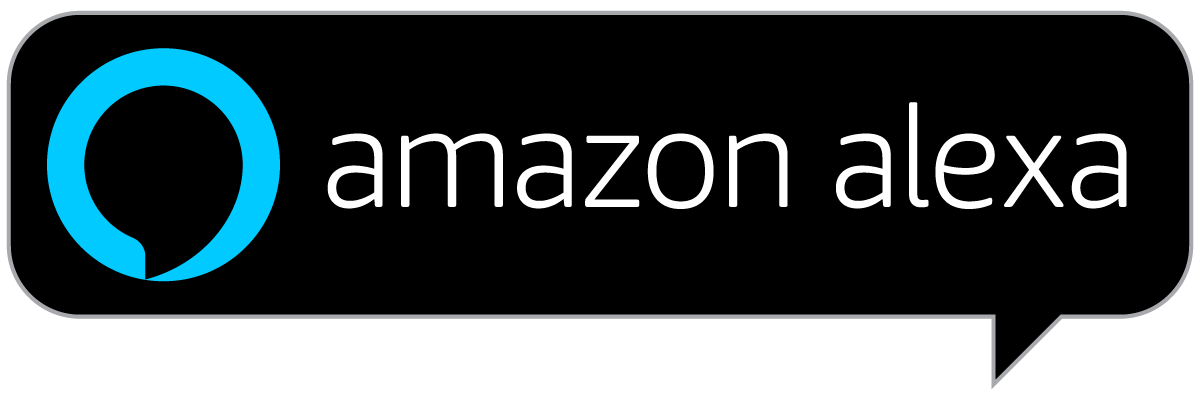
(WASHINGTON) — President-elect Donald Trump’s threat to impose tariffs on Canada, China and Mexico on the first day of his administration could dramatically raise prices for Americans on everything from cars to clothes to oil.
It could also blow up a trade deal between the United States, Canada and Mexico (USMCA) that went into effect in 2020 after extensive and intense negotiations by Trump’s own administration.
Trump late Monday said he would charge Mexico and Canada with a 25% tariff on all products coming into the United States until action is taken by those country to stem illegal immigration and overflow of drugs across the border.
For China, Trump said that he’d impose an additional 10% tariff on products coming to the U.S.
Mexico, Canada and China are America’s top three trading partners, meaning Trump’s tariff plan would impact nearly every aspect of the U.S. economy.
While it could very well be a negotiating tactic, similar to how Trump threatened tariffs in his first administration, experts say it won’t be as effective this time around because countries know what’s coming.
“This is more likely a play designed to put pressure on our closest trading partners,” said Raymond Robertson, professor for trade, economics and public policy at Texas A&M University. “But this is the same playbook done the second time around. If you’re on the football field and you call the same play twice, it’s not going to be as effective the second time.
Robertson added that countries know this would be “disruptive” and a “disaster” but they’ve “seen how this game works.”
Trading partners could seek closer ties to Europe and other countries and rely less on the United States, “which means higher prices for us,” Robertson said. He added the plan would also likely push Mexico and China closer together.
“Trump ran on this whole campaign that inflation is too high, but now he’s going to put a tax on everything you buy,” Robertson said.
Most economists agree that tariffs are inflationary, by passing the higher cost of inputs to consumers. The Peterson Institute for International Economics estimates that Trump’s proposed tariffs from the campaign trail would cost US households more than $2,600 a year.
What is the current trade agreement between the U.S., Canada and Mexico?
The USMCA was signed by Trump as an update to North American Free Trade Agreement, or NAFTA.
It allowed for mostly duty-free trade between the three countries. Trump’s threat of tariffs would seem to violate the terms.
Trump said on the campaign trail this year he wanted to renegotiate the USMCA by taking advantage of a window that allows for a review six years after signing. But that opportunity to renegotiate wouldn’t come until 2026.
Canadian Prime Minister Justin Trudeau said he spoke with Trump on Monday night and “it was a good call.”
“We obviously talked about laying out the facts, talking about how the intense and effective connections between our two countries flow back and forth,” Trudeau said. “We talked about some of the challenges that we can work on together.”
Mexico’s president, meanwhile, fired back at Trump and warned him not to start a trade war.
“President Trump, it is not with threats nor with tariffs that migration and drug consumption in the U.S. will be dealt with. These great challenges require cooperation and mutual understanding,” President Claudia Sheinbaum said at her daily press conference as she read aloud a letter her administration is sending Trump later Tuesday.
The USMCA was a big deal for Trump — a 2016 campaign promise he delivered and a major bipartisan achievement for his administration.
During his first run for the White House he pledged to negotiate a better NAFTA, calling it one of the worst trade deals ever made.
It took most of his term but he got a deal with the United States’ neighbors to the north and south. And he signed it with great fanfare at the White House on Jan. 29, 2020, surrounded by Americans in uniforms, hard hats and cowboy hats.
“Everybody said this was a deal that could not be done — too complicated, too big, couldn’t be done. We got it done,” Trump said that day.
Copyright © 2024, ABC Audio. All rights reserved.






